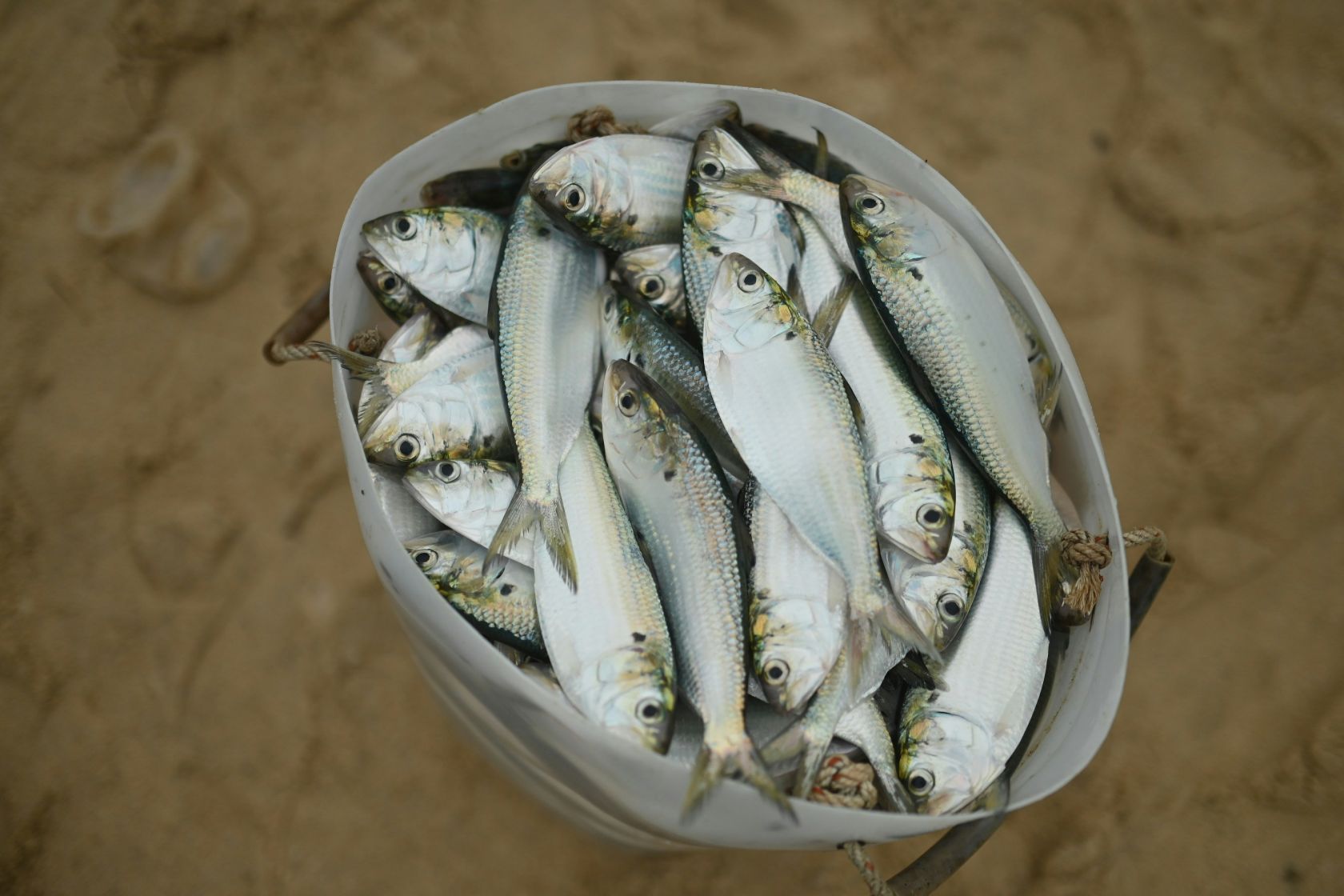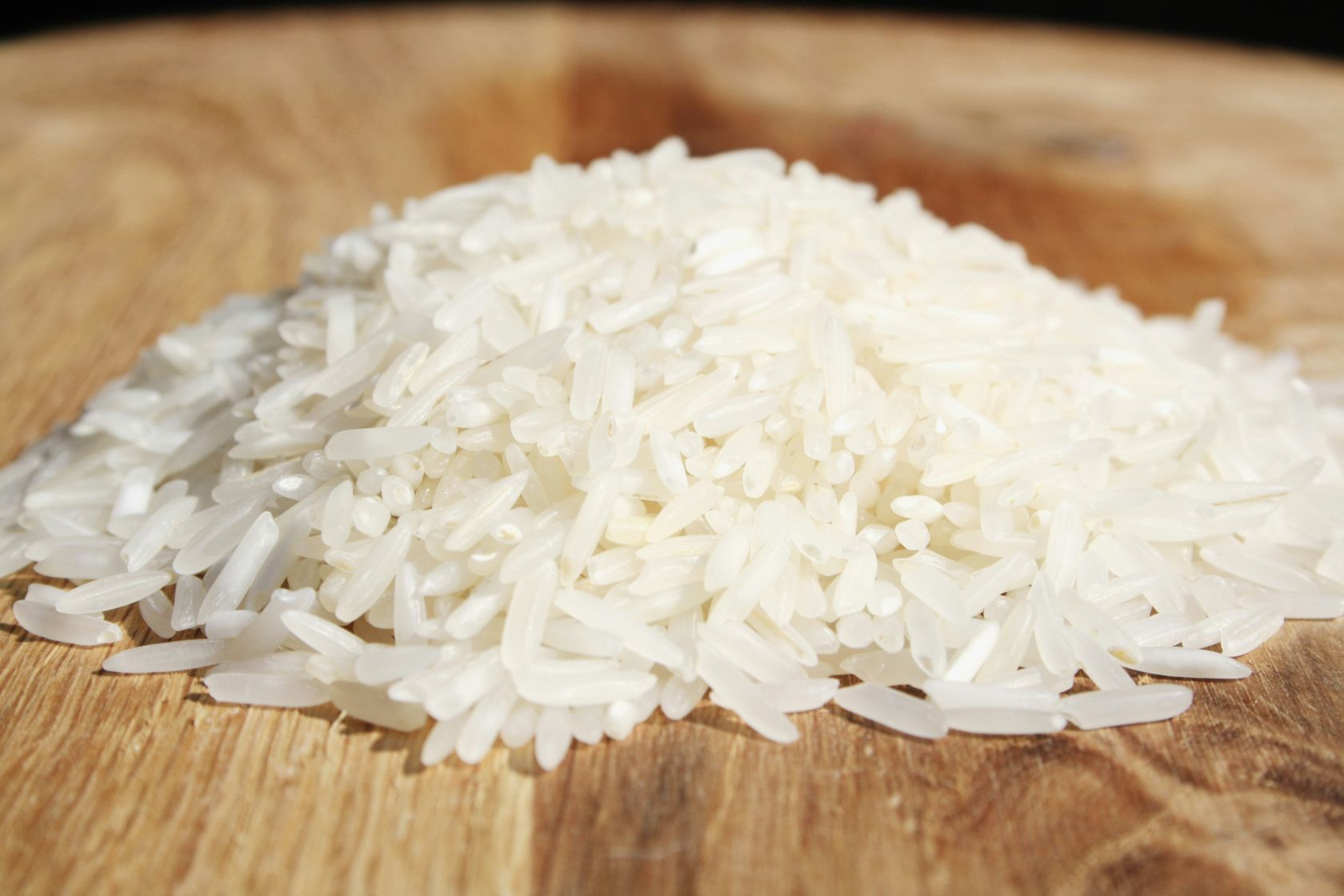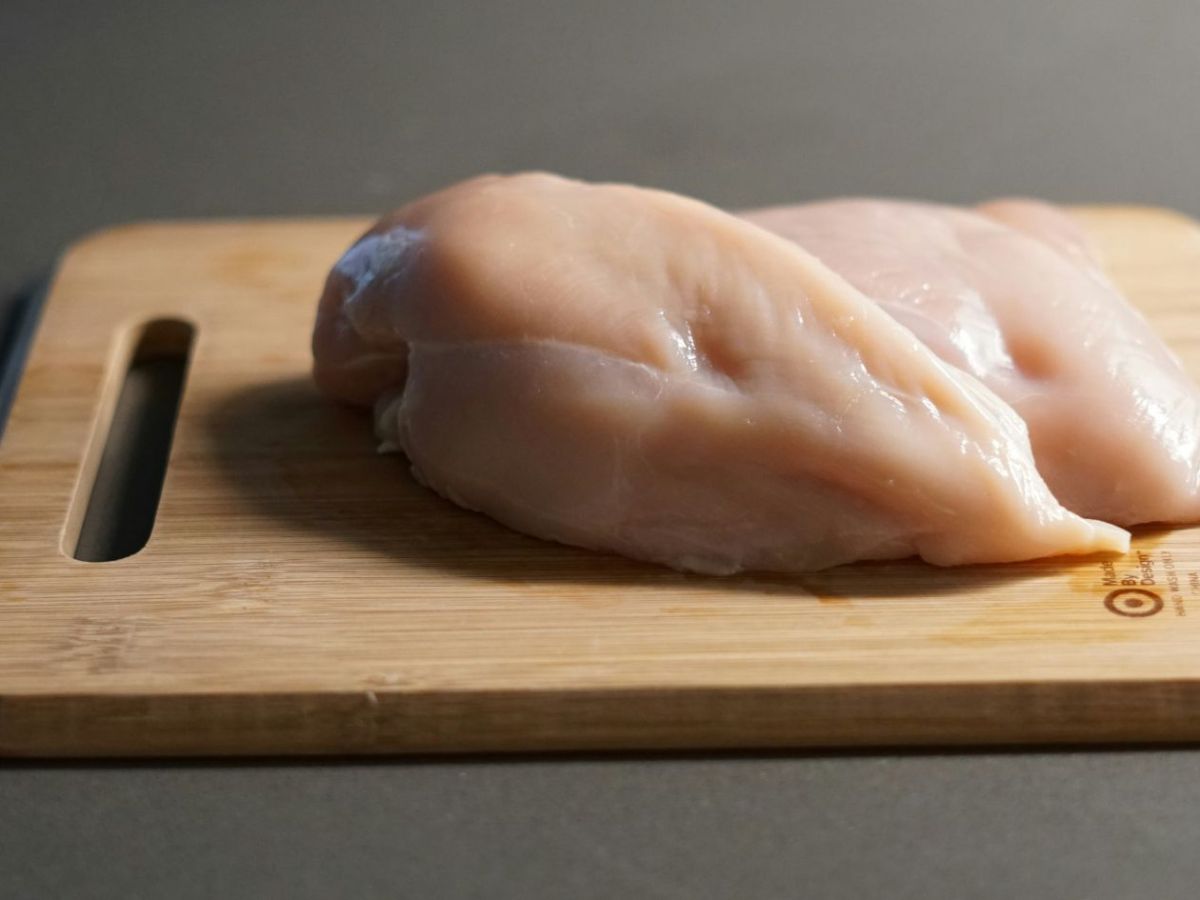I would guess that everyone at some point has been the victim of ‘gippy tummy’, and this time of year, it is easy to get complacent about food hygiene. It’s not your fault if a fly sits on your food for a few seconds before you wave it off - but who knows what it had perched on before it landed on your plate, therefore making it a source of food poisoning. Certain foods are more likely to be the cause, and if special attention isn’t paid to them, they become a magnet for the bugs that will upset you. Food poisoning is most commonly caused by bacteria such as Campylobacter, Salmonella, E. coli, and Listeria, and viruses such as Norovirus and Rotavirus. Parasites and toxins produced by some bugs can cause illness, and pregnant women, young children, the elderly and people with chronic illnesses are particularly vulnerable.
Poultry
This is chicken, duck and turkey, and all are risky - mainly due to two types of bacteria, campylobacter and salmonella, commonly found in the guts and feathers of these birds, and often contaminate the meat during the slaughtering process. They can survive up until cooking kills them, with research finding that 41–84% of raw chicken sold in supermarkets was contaminated with Campylobacter bacteria and 4–5% was contaminated with Salmonella. Fortunately, although these harmful bacteria can live on raw poultry, they’re completely eliminated if the meat is entirely cooked through. Experts also say don’t wash raw meat at home before cooking, as there is a high risk of cross-contamination on surfaces and by equipment.
Leafy Greens and Veggies
These are another source of bacteria, and contamination can occur from unclean water during growing, or in any part of processing or from dirty equipment and unhygienic food preparation practices. Leafy greens are especially risky because they are often consumed raw, and it is said that between 1973 and 2012, 85% of the food poisoning outbreaks in the US were caused by leafy greens such as cabbage, kale, lettuce and spinach that were traced back to poor food prep in some sort of food outlet.

To minimise risks at home, always wash salad leaves thoroughly before eating, and don’t let them sit at room temperature for too long. If buying premixed lettuces, avoid bags that contain spoiled, mushy leaves. The moisture from damaged leaves provides nutrients that help bacteria grow, and contamination can spread throughout the bag.
Fish and Shellfish
Fish and shellfish are a common source of food poisoning, and if not stored at the correct temperature, have a high risk of being contaminated with histamine, a toxin that isn’t destroyed by cooking that results in a food poisoning known as scombroid poisoning. Another is due to a toxin called ciguatoxin, which is mostly found in fish from warm, tropical waters. Like histamine, it is not destroyed by normal cooking temperatures and the harmful toxins are still present after cooking. Shellfish also carry a risk of food poisoning due to the algae that might build up in their flesh, but thankfully, most stomach upsets are short-lived, and typically only last 12 – 48 hours.

Rice
Rice is a staple food for more than half the world’s population, but can contain heat-resistant dormant forms of bacteria that are found widely in growing mediums. While heat kills the active (vegetative) bacterial cells, the spores often survive, especially in foods like fried rice or improperly stored starchy products. Uncooked rice may contain the spores of Bacillus Cereus that can live in dry, packaged rice which can also survive the cooking process - if cooked rice is left standing at room temperature, these spores grow into bacteria that thrive and multiply in that warm, moist environment. Refrigerate leftover rice as soon as possible after cooking, and if reheating cooked rice, make sure it is steaming hot all the way through.
Well, I’m sorry if you’ve now lost your appetite for lunch today, but I am happy to say that most eateries have strict hygiene rules that are followed by food safety regulations. Just be careful at home.
















